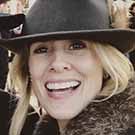Your child's first pony: A survival guide for parents
The request for a pony is dreaded by many parents, but, with the right help and the right animal, the process of your child’s learning to ride need not be painful.
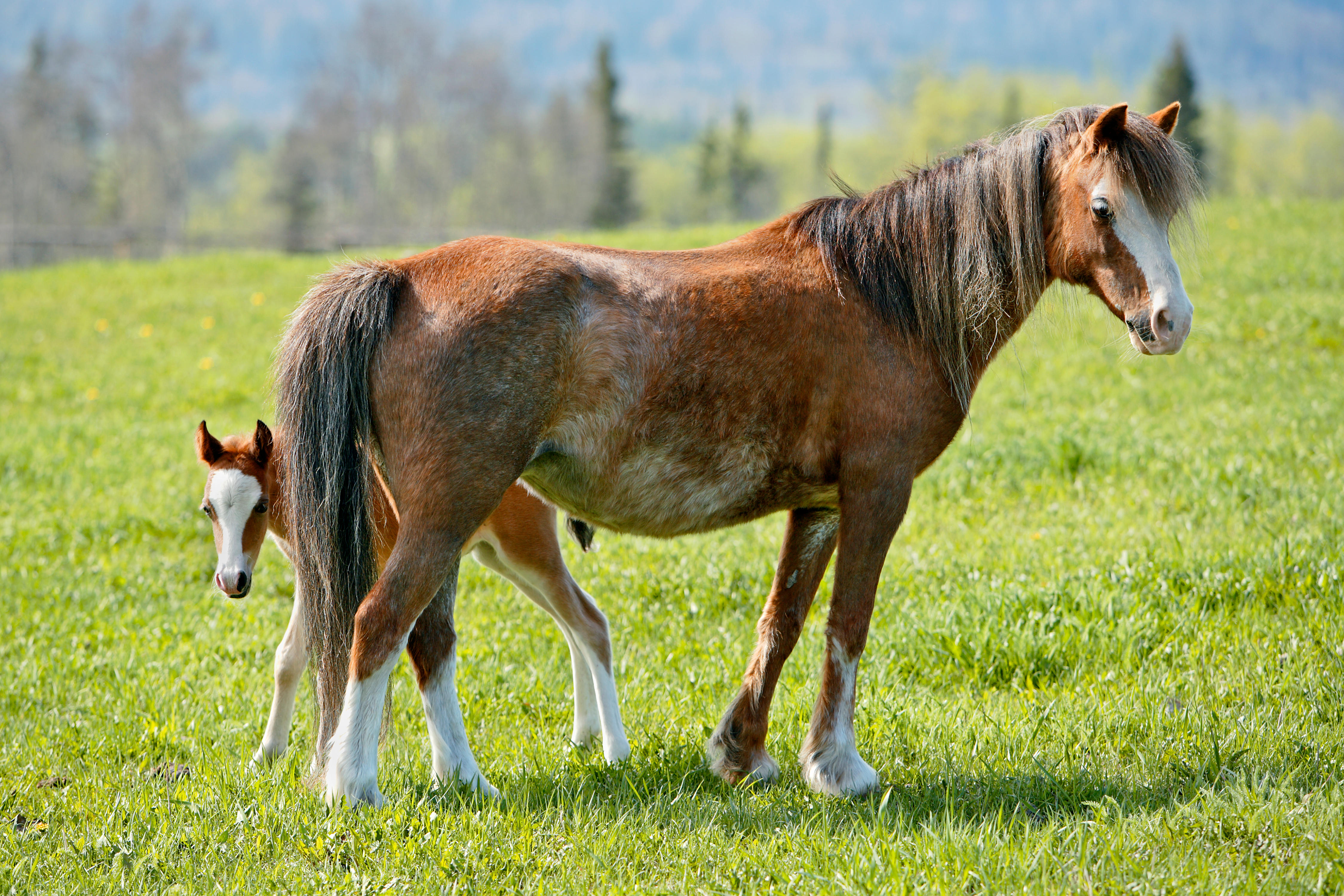
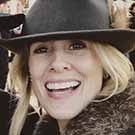
'Please can I have a pony' is a request that will fill a parent with either huge joy or sheer terror and little else in between. For the mother whose childhood was one of bending races and apple-bobbing, it will reignite a long-dormant devotion to dandy brushes, rolling tail bandages and the smell of saddle soap. For the uninitiated, that old chestnut about horses being ‘dangerous at both ends and uncomfortable in the middle’ will make them nervous. and where do you start if there isn’t an aged ancestral Shetland in the family?
There’s no doubt that being born into a horsey family confers a head start. Like Swiss children who can’t remember not being able to ski, such babies will have been bundled into a basket saddle as soon as they could sit up and taken to the opening meet on the lead rein.
If you've decided to take the plunge and are looking for a pony? Our sister publication has a 'Horses for sale' section (recently relaunched) which includes first ponies for sale and pony club ponies for sale.
The best way to start off
Marietta Fox-Pitt sent a young William to his second Pony Club event with a ‘17.1hh beast’ named Fatty, which had been around Badminton three times with his father. In his memoir, What Will Be, Mr Fox-Pitt credits his mother’s sensible approach to horseflesh, along with an early introduction to the hunting field, with transforming him from a ‘slightly nervous’ child to this country’s most successful event rider.
Nicola Taylor, a joint-master of the Bicester with Whaddon Chase and mother of Olympic-listed event rider Izzy Taylor, benefited from a similarly matter-of-fact approach. Her own mother, Jane Drummond-Hay, was second at Badminton in 1951 at what was her first three-day event. ‘We weren’t allowed saddles until we were 10,’ recalls Mrs Taylor. ‘It was my mother’s big thing and it did give us terrific seats. We never had lessons and we hunted a lot.’
Mrs Taylor now nannies Izzy’s children, Lily, 7, and Freddie, 6, out hunting while their mother leads the field. ‘It’s given them more confidence and taught them more about riding than anything I could have done,’ Izzy explains. They are, she adds, allowed saddles.
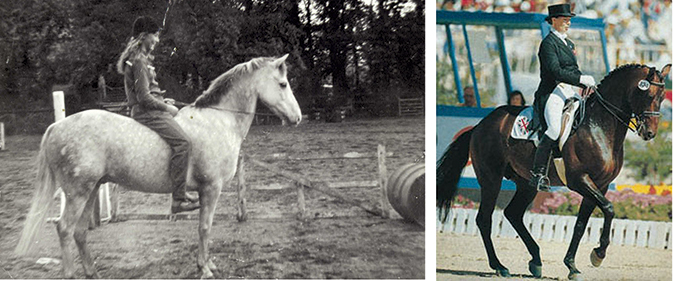
Jennie Loriston-Clarke, the dressage rider, trainer and breeder, agrees that hunting and cross-country riding are the best and most natural training for children. she was started early by her artist mother, Anne Bullen, who founded Catherston Stud and illustrated children’s books and who died, tragically young, before she could see three out of her six children compete at the Olympics.
Exquisite houses, the beauty of Nature, and how to get the most from your life, straight to your inbox.
‘Everything was made fun,’ recounts Mrs Loriston-Clarke. ‘We would turn the ponies round bending poles, becoming agile. We rode a lot without saddles and sometimes without a bridle, just with a neck strap, galloping about like cowboys and Indians.’
She also remembers having ponies that were so well trained to the voice by her mother that they’d respond to ‘Whoa’. ‘There’s nothing more frightening for a child than being out of control; once they have a fright, they start to clutch [at the reins] and get nervous.’
Not only did her own daughters want to ride—Anne Dicker now manages the stud and Lizzie Murray is an international dressage rider—but her teenage grandchildren also love it. Charlotte Dicker was on the junior British dressage team last year and Matilda Murray is mad keen on tetrathlon.
'It's all about having fun'
At Jinks Bryer’s Sunday morning lessons at Princes Place, near Yeovil, Somerset, very young children are encouraged to leap into the saddle and roar like a dinosaur or whirl their hands round their heads to see who can be the best helicopter.
‘“Hands and heels down” is the last thing you introduce at that age,’ cautions Mrs Bryer. ‘It’s all about having fun and learning coordination,’ she says, adding that, when children are a little bit older, ‘Granny Jinks bribes them—if they fall off, they get £1 if they don’t cry.’ She teaches parents to have quick reactions, so they can grab a child if they’re going ‘out the side door’. That’s far better, she reckons, than bundling children up in bulky body protectors.
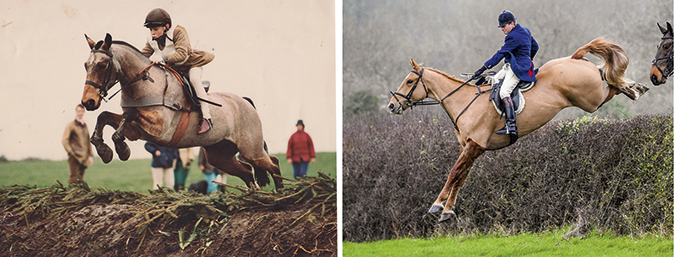
Start boys later than girls – and don't get the mother to teach them to ride
Mrs Bryer also thinks that, although girls can be taught from as young as three, boys should be ‘plonked on a pony to get a bit of balance, but don’t want teaching at any price’ until they’re much older. And no child, she believes, should be taught by its mother.
Her daughters, Lucinda Sims and Philippa Stacey, were largely taught by their grandmother, the redoubtable Betty Skelton, who founded the Side Saddle Association, and her youngest son, Will, was shipped out to a neighbour, the showjumper Jabeena Maslim.
This approach paid off. Lucinda has ridden at Badminton and continues her grandmother’s legacy, teaching side-saddle at Harroway Stud in Hampshire; Philippa won her first showing class at the age of three; Will hunts the Cattistock hounds and their brother, Julian, played polo for the army.
Will was delighted that his mother subscribed to the view that one keeps boys keen by letting them off the ‘manicuring and manure’, although it backfired when he took his Pony Club B Test. When the examiner asked ‘What would you do with your pony after hunting?’, he replied: ‘Hand it to Mummy.’ He was passed, to spare his mother’s blushes—and on condition that he never took another test. He admits that he still can’t plait a mane.
Polly Eddis, whose daughters, Lucy and Susie, have won too many working hunter-pony championships to list, can only entice her 10-year-old son, Algy, onto a pony if he’s allowed to wear his Chelsea football strip. ‘There’s no point in pushing children; it will only backfire. They will let you know when they want to go faster or jump a bigger fence.A few times, we’ve walked the [jumping] course and I’ve said “We’re going to leave that today”. I want my girls to be in their comfort zone in the ring.’
All children need a kind, quiet pony for those crucial early days. Lizzie Briant, who shows The Queen’s native ponies, put her name down for a well-known schoolmaster pony shortly after her son was born. Now two, Freddie enjoys riding Mr Socks, a 19-year-old Shetland, in and out from the field and was dressed up as a pumpkin to sit on him last Halloween.
No pony? No problem
The lack of a pony at home doesn’t have to be a bar. It certainly didn’t hold back five-time Olympian Mary King, who famously taught herself to ride on the vicar’s hairy pony in Salcombe Regis, Devon, where her father was the verger. ‘If I hadn’t had Mary at home in bed, I’d have thought they’d given me the wrong baby,’ jokes her mother, Jill Thomson, as there is no horsey lineage in their family.
Mrs Thomson, now in her seventies, confesses to still being a little frightened by horses, but she passed her HGV test at the age of 50, so she could drive the lorry, and mucks in with ‘granny jobs’—Mary’s daughter, Emily, 20, is now eventing at the top level—‘doing haynets and water buckets and filling the cake tins for owners’.
Get the children started young
Investment banker Alex Carter had intended to stay well away from horses when he married Jules, who co-owns the 2014 Badminton-winning mare Paulank Brockagh, but, when ponies arrived for their four children, he thought he’d better find out what all the fuss was about and ‘sneaked off’ to Tidworth riding school. He’s now cantering happily and popping over small fences and hopes to go hunting with his children next season. ‘Now, I turn up at shows and, instead of being a bit of a spare part, I can help tack up,’ he says proudly. ‘Riding has given me a new lease of life.’
Riding instills confidence, kindness and self-discipline in children. Ponies take them outdoors and keep them active—you’ll never need to lure a child who rides away from a computer game—and have enough character to ensure that no one becomes too superior. There is, however, a flip side. Sooner or later, your child will try to pinch your horse.
The First Pony
Jinks Bryer's tips:
- It doesn’t matter how old it is or what it looks like, as long as it’s a complete Christian
- It needs to be childproof in every way, so the child can brush it, lead it about and crawl between its front legs
- I prefer Dartmoors to other native breeds for leading-rein ponies; their temperaments are slightly less sharp than Welsh or Shetland ponies
- At first, Shetlands are kind (to children, anyway) and, being smaller, the child is less frightened by their height, but they have such a short stride that it’s almost impossible to teach a child rising trot
Useful kit
- The only essential, and expensive, item, once a child is out of a basket saddle, is a hard hat that conforms to the British safety standard PAS015
- Don’t buy a hat online—it needs to be fitted correctly in the shop. Calcutt & Sons in Sutton Scotney, Hampshire, has a good selection of used and new children’s hats. The Champion Pro-Plus Jockey Helmet is £52.70 (01962 760210; www.calcuttandsons.co.uk)
- School shoes with a smooth sole and a heel—to prevent the child’s foot from getting caught in the stirrup—are fine
- The Vintage Tack Room (01403 700953; www.vintagetackroom.com) usually has tiny jackets and jodhpur boots in stock
- Harry Hall’s Baby Chester Jodhpurs (£18) are specially designed for the under-threes (www.harryhall.co.uk)
- Back protectors are important for cross-country, but Jinks Bryer urges parents not to use them for general riding because they restrict a child’s movement
- If there isn’t a Victorian basket saddle in the family, The Basket Saddle Co can make you one for £169.99 (www.basketsaddle.com) or try a Thorn saddle pad, which is ideal for small native ponies (and small people), recommends Lizzie Briant. From £270 (01332 883109; www.thornsaddles-pads.co.uk)
Association of British Riding Schools (01403 790294; www.abrs-info.org) The Pony Club (02476 698300; www.pcuk.org)
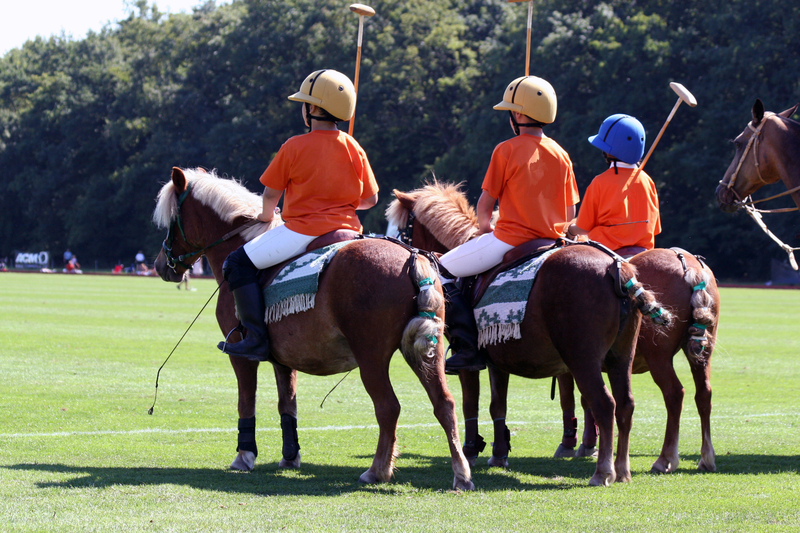
Credit: Dreamstime
School Life: The best schools for pony mad children
If your son or daughter is completely pony mad, consider sending them to a school that can nurture their riding
